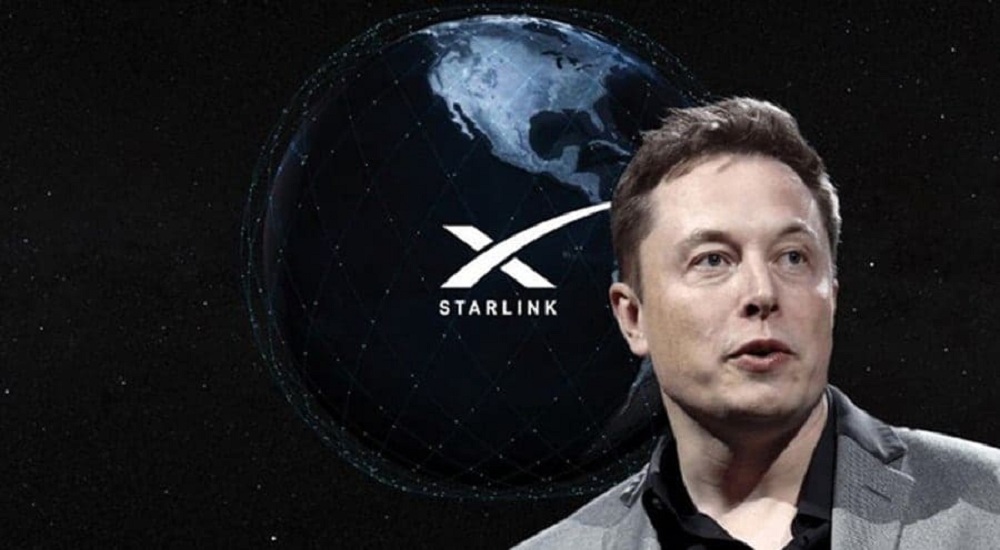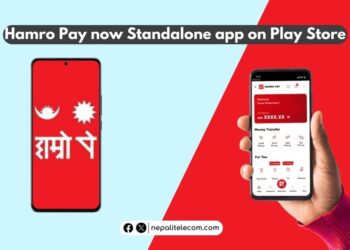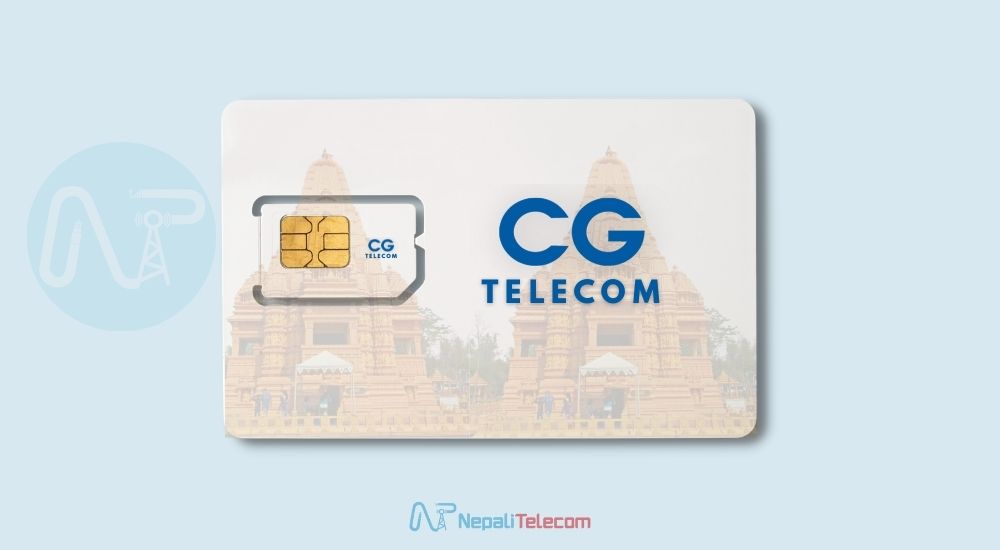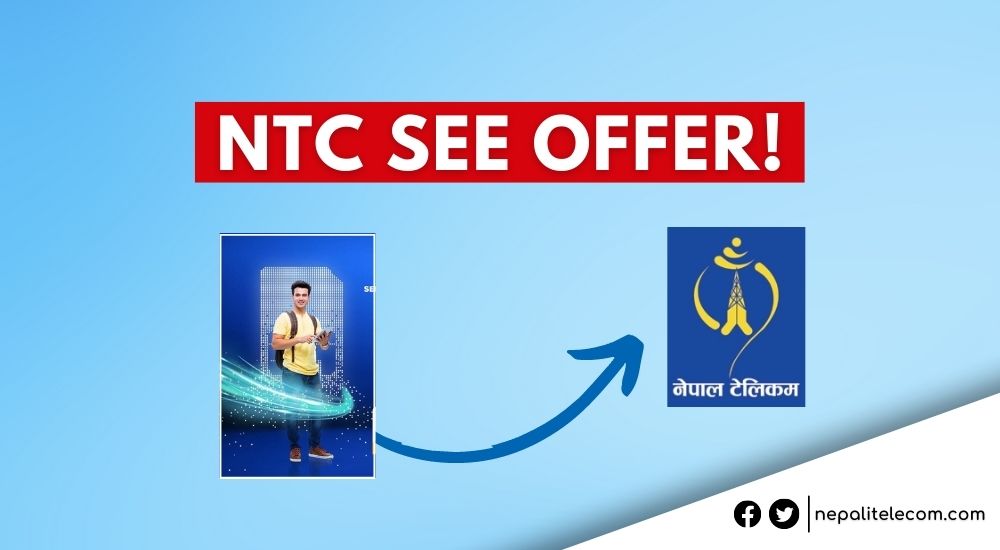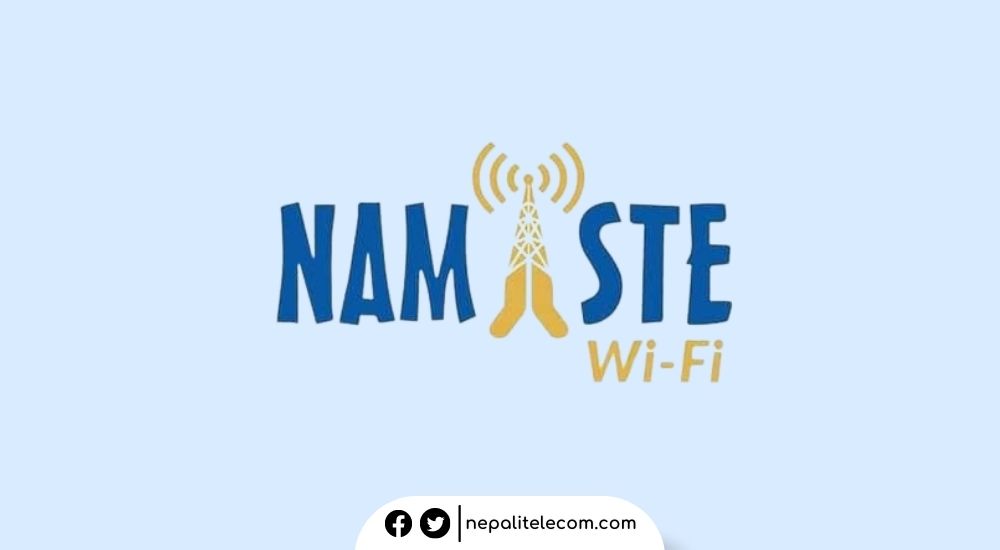Elon Musk’s SpaceX and T-Mobile have joined hands to provide mobile connectivity through a network of satellites. The service aims to address the problems issues of slow and lack of mobile services in the most secluded areas.
The plan includes T-Mobile’s wireless network routed through Starlink satellites of SpaceX. The satellite broadband provider has launched thousands of satellites that operate in low Earth orbit (LEO).
T-Mobile, one of the leading telecom operators in the US said that most of the smartphones on its network have a radio that supports the planned mobile connectivity through satellite.
Also read: Starlink Internet Active in Ukraine, Says Elon Musk
SpaceX and T-Mobile to offer mobile connectivity
Both companies focus on providing text services such as SMS, MMS, and messaging apps. The service will initially roll out in beta form in the continental US, Hawaii, and select regions of Alaska, Puerto Rico, and other places. Reportedly, the service will launch by the end of next year, 2023. While the first phase of service only covers texts, voice and data will follow later.
Both companies have even said they would welcome other willing members to participate in the project.
“The important thing about this is that it means there are no dead zones anywhere in the world for your cellphone,” Elon Musk recently said.
Check out: Four companies shortlisted for Nepal’s Satellite Launch
The advantage of satellite connection is that it is free from any geographical impediments and wear and tear due to weather. And the network can wirelessly reach where fixed-line-based services won’t. Countries and regions surrounded by uneven terrain can greatly benefit from such connections.
In Nepal too, Kacific satellite internet has been launched for Himalayan areas. SpaceX’s connectivity could also become available starting in 2023, but that will require license approval from the authorities. Besides, the cost factor could also detract residential users from subscriptions.
To sum up, it is a unique and promising teaming up of a mobile network operator (T-Mobile) and a satellite internet provider (SpaceX’s Starlink) to broaden mobile connectivity in remote areas.
Do you wish more Nepali companies to join hands and offer satellite coverage to bridge the digital divide and promote communication reach in the remote parts? You can share your opinion in the comments below.


